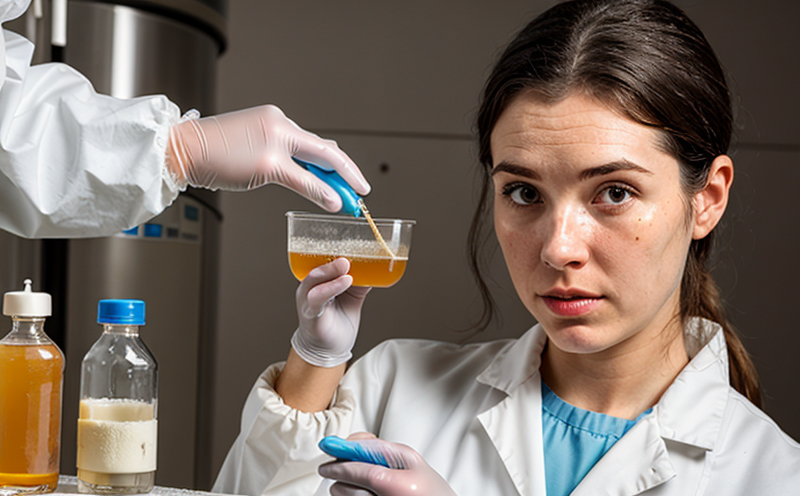ISO 16000-13 Culture-Based Fungal Identification in Indoor Air
The ISO 16000-13 standard provides a comprehensive method for the culture-based identification of fungi present in indoor air. This service is critical for understanding and addressing potential mold, yeast, and fungal contamination issues within various environments such as residential buildings, commercial spaces, hospitals, and industrial facilities.
The process involves collecting air samples using specialized equipment designed to capture airborne spores. These samples are then transferred to culture media where the fungi can grow under controlled conditions. Once growth is observed, the cultures are examined microscopically for species identification based on morphological characteristics like colony appearance, spore morphology, and hyphal structure.
This method offers several advantages over other fungal testing techniques including its ability to provide a true representation of the airborne fungal population in indoor environments. It allows for detailed analysis that can help determine if specific types of fungi are present which might indicate unhealthy conditions or potential allergenic risks.
Understanding the diversity and abundance of fungi is essential not only from an environmental health perspective but also due to their role as indicators of moisture damage and structural decay in buildings. By accurately identifying these organisms, professionals can implement targeted interventions aimed at eliminating sources of fungal contamination thereby promoting better indoor air quality (IAQ).
It's important to note that while this approach provides valuable insights into the current state of fungal activity within a space, it does have limitations such as potential delays in results due to incubation periods required for growth. Additionally, the interpretation of findings requires expertise in mycology and knowledge about local environmental factors.
Our laboratory employs highly trained personnel equipped with state-of-the-art facilities to perform ISO 16000-13 compliant testing. We ensure rigorous quality control measures throughout each step from sampling through final analysis ensuring reliable data that contributes towards informed decision making processes regarding IAQ improvements.
Industry Applications
| Application Area | Description of Use Case |
|---|---|
| Residential Buildings | Identifying fungal growth in homes can help detect moisture issues leading to structural damage or health concerns. |
| Commercial Spaces | Evaluating indoor air quality helps maintain occupant comfort and reduce risk of respiratory illnesses associated with mold exposure. |
| Hospitals | Detecting pathogenic fungi early allows for appropriate treatment protocols to be initiated promptly reducing patient morbidity rates. |
| Industrial Facilities | Monitoring for fungi that could impact product quality or machinery reliability ensures continuous production processes. |
| Testing Methodologies | Advantages |
|---|---|
| Culture-Based Identification Using ISO 16000-13 Standard | Precise quantification and species differentiation; reliable representation of airborne fungal populations. |
| Microscopy Examination | Visual confirmation of morphological features aiding accurate identification. |
| Inoculation Techniques | Facilitates controlled growth conditions necessary for detailed analysis. |
Environmental and Sustainability Contributions
Effective control of indoor fungal contamination not only enhances occupant health but also supports broader environmental sustainability goals. By identifying and addressing sources of mold, our services contribute to reducing energy consumption associated with HVAC systems used for controlling humidity levels. Moreover, preventing extensive microbial growth helps preserve building materials extending their lifecycle which aligns well with sustainable practices.
Through accurate identification and monitoring, we assist clients in developing strategies that minimize the environmental footprint by avoiding unnecessary interventions or excessive use of harsh chemicals. This proactive approach fosters healthier work environments while promoting long-term sustainability within built structures.
Competitive Advantage and Market Impact
Our expertise in ISO 16000-13 compliant testing positions us as leaders in providing reliable data for informed decision-making across multiple sectors. The ability to detect specific fungal species early enables our clients to take corrective actions swiftly before situations escalate into larger problems potentially impacting business operations negatively.
By offering this service, we differentiate ourselves by delivering actionable intelligence that supports compliance with relevant regulations and standards while enhancing reputation among stakeholders. Our commitment to excellence ensures that every client receives customized solutions tailored specifically to their unique needs ensuring long-term success in maintaining optimal indoor air quality.





